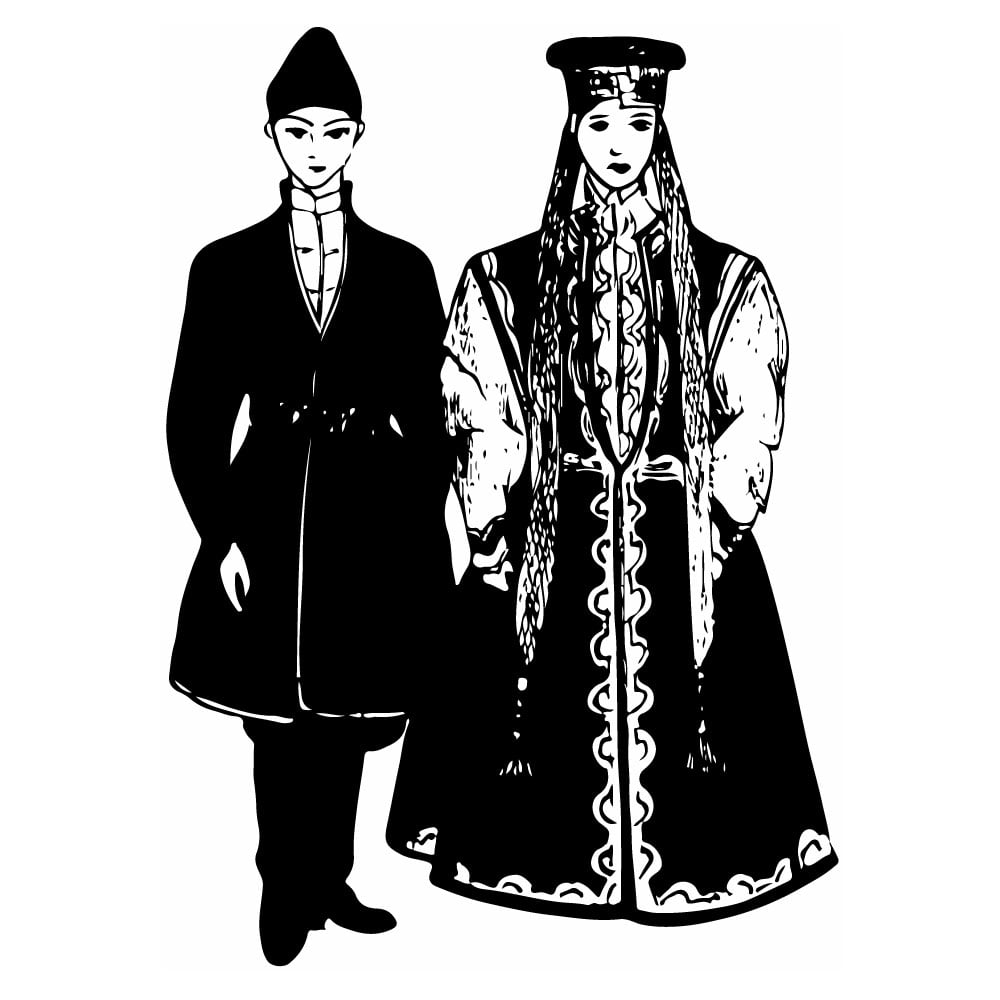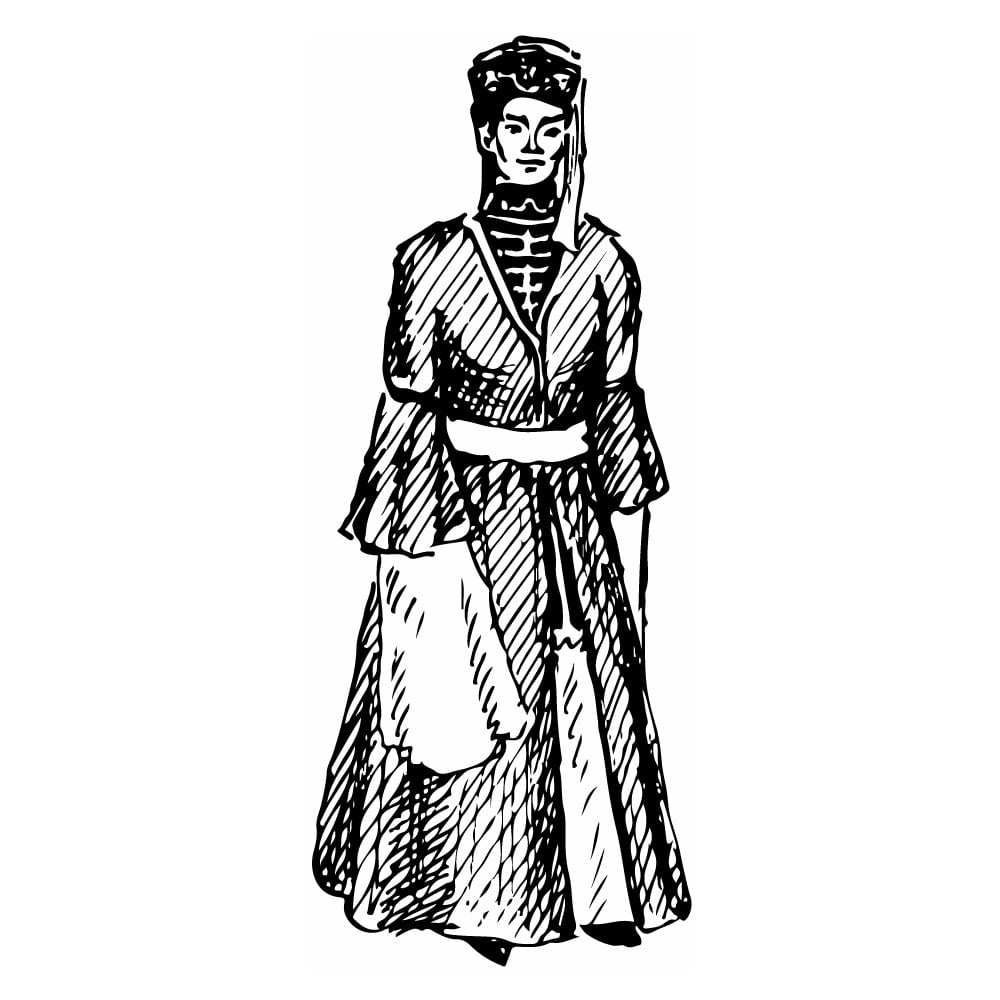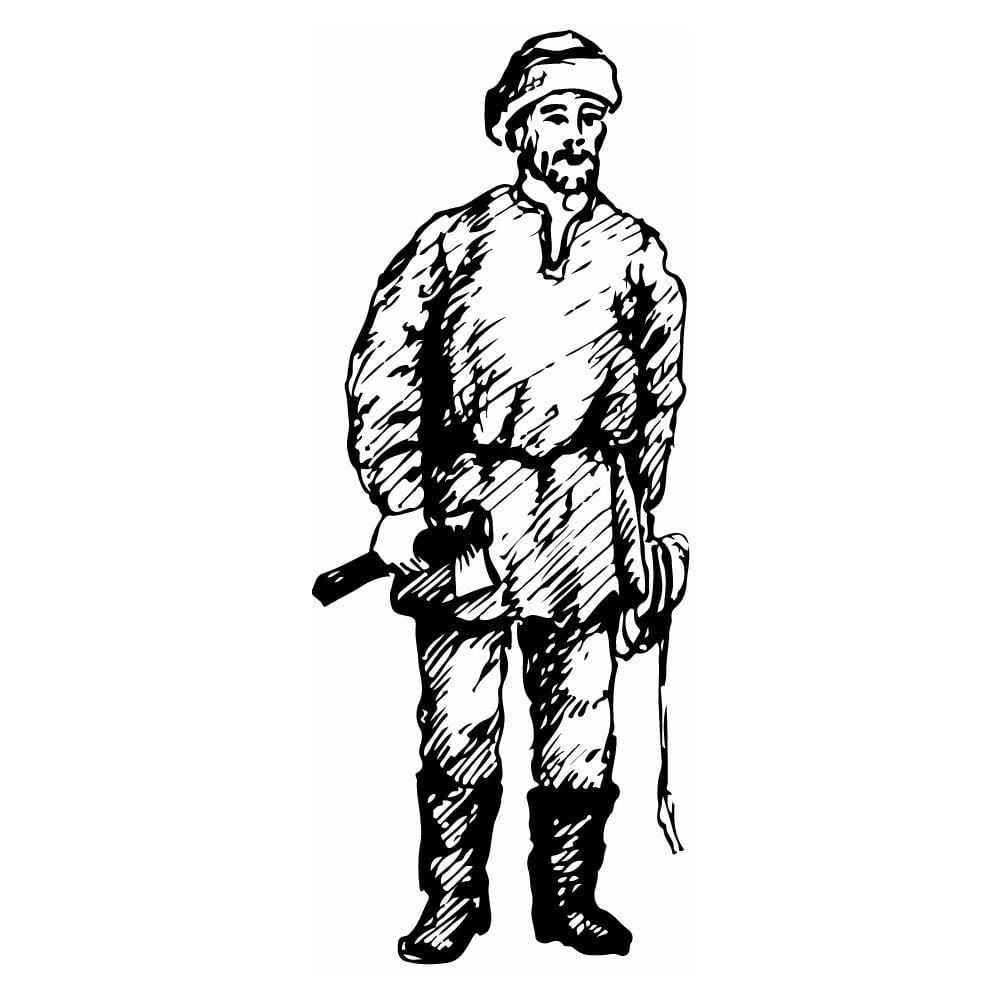Yukagir
| Population | 1,100 |
| Language group | Paleoasiatic |
| Language | Yukagiric |
| Region | East Siberia |
| Religion | Shamanism |
*Population estimates for 1994
By territory, the Yukagir people are divided into two parts: one part of them is settled along the Kolyma tributaries, the other part of the Yukagir people inhabits “forest edges.” They were as numerous as the stars in the gloom of the polar night. The smoke from the Yukagir fires was so dense that the flying bird could hide in it. The decrease in the Yukagir population was caused by the assimilation with their neighbors, the Evens, and partially with the Yakuts. Considerable Yukagir groups merged with Russians.
The Yukagir name was borrowed from the Yakut by the Russians though its origin is probably Tungus. Its meaning has not been determined. The tundra Yukagirs call themselves “odul” which is translated as “powerful,” “strong.”
Early historical sources show the Yukagir as hunters, lake and river fishermen. Berries and different roots served as additional seasonal nutrition. The Yukagir used death-cap mushrooms as drugs in the seventeenth and eighteenth centuries. The Yukagir legends preserved records of pottery though the earthenware had been long since ousted by wooden and birch bark utensils.
The Yukagir clothes were similar to those of the Even and the Chukot-Koryak. The most valuable and honorable item which was passed from generation to generation was silver or bronze disc fixed to the chest, the so-called “chest sun.” It often depicted a winged centaur and its background was filled with vegetable ornament.
The Yukagir material culture and art testify to the long and close contacts with the Even, but both the Yukagir religion and folklore had retained their originality. The Yukagir Shamanism existed in the form of ancestral Shamanism. The animal cult was especially strong in the elk cult. There was a number of rituals and taboos connected with elk and deer hunting.
The Yukagir folklore has not been studied enough. The legends show us the ancient people of giant elk-hunters, and finally elks are tamed by the Yukagir.
Nowadays, the Yukagir live in the houses with modern amenities. Fishery is well developed. Fur trade is also popular among the Yukagir.
This is Ad 1




























